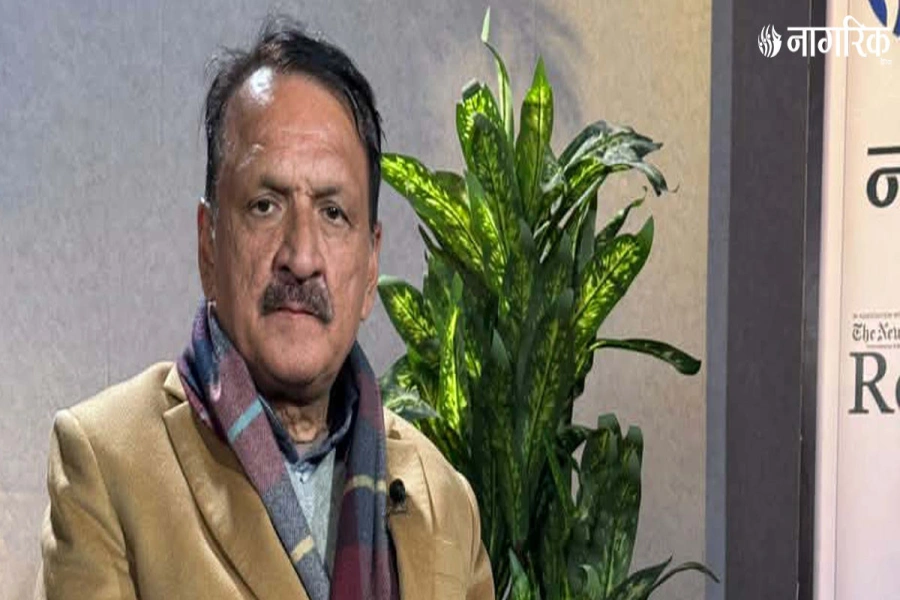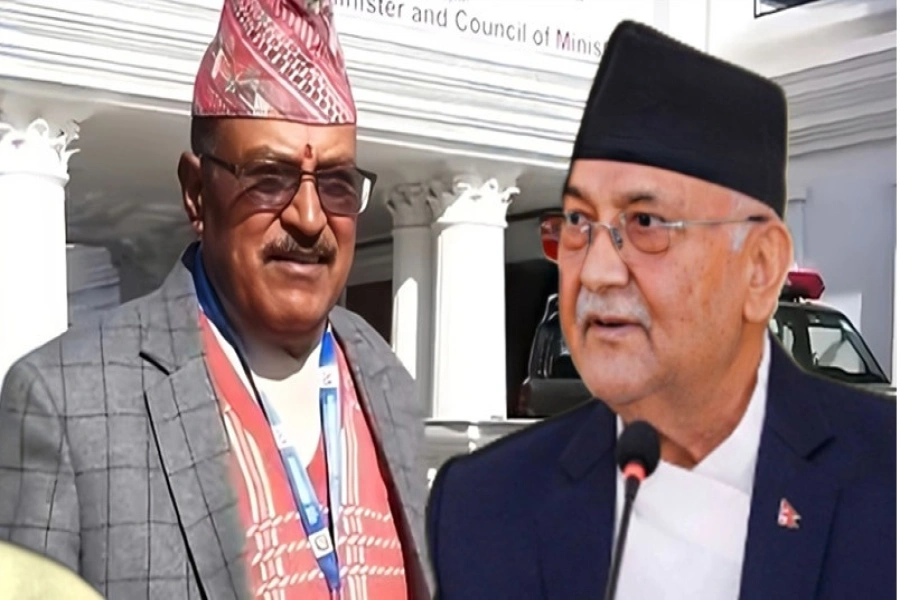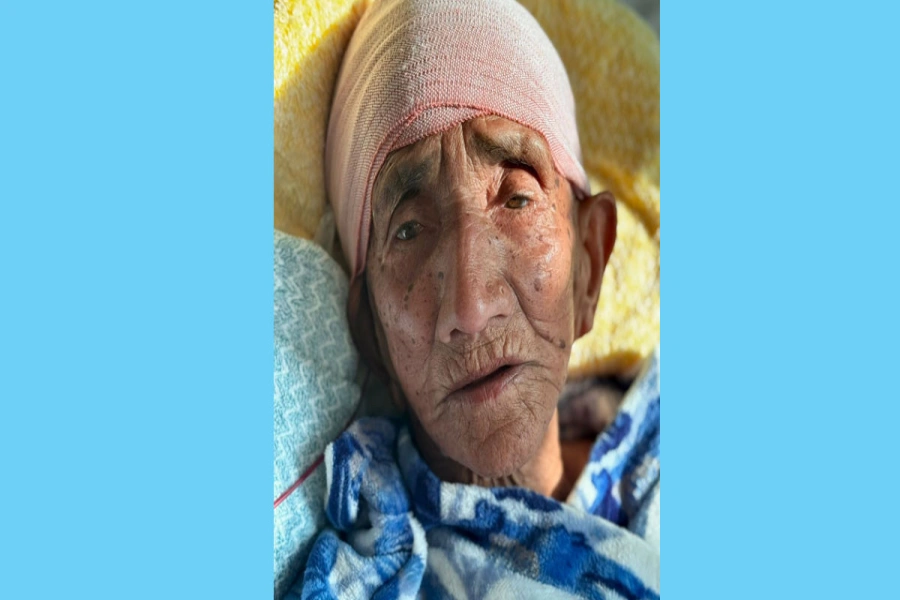It is obvious that Nepal is prone to water induced disaster and many, since ages, know this. Landslides and flood are two common disastrous elements in the family of natural calamities that is solely responsible for the loss of many lives and properties. It is therefore the most significant social and economic challenges that the country is facing every year. Though the country is rich in geographical structure and water resource, Nepal has become more vulnerable towards climate risk and under the natural resource trap.
The landslides in the urban high hills and Tarai flash flooding have claimed at least 126 lives and at least 35 missing. On the other side, the drains through which the rain falling on the city most flow out to the low lands are blocked with rubbish causing flood in the major part of the city. Therefore, the proper waste management system is inevitable in cities area.
Nepal is facing unusual rainfall. The consequences of climate change are graphically evident and it has a huge socio-economic cost. Meteorologist confirmed that farmers have experienced that too much rainfall and no rainfall over the period, because of the climate change that has negative impact of the rainfall pattern and eventually reducing the agricultural productivity.
Some of the characteristics of the region that make it particularly exposed to climate change include
-rapid urbanization
SHIFT for Our Planet: Youths urge authorities to make climate j...

-the pre-dominance of water resources
-stress around water resources
-poor–planned infrastructure
- sensitive ecosystem such as deltaic and mountain region
Many people who live near by the bank of the river and having cultivable land nearby are at high risk that leads to the poverty. The poor living condition of the locals and unsafe water are more likely to get endemic disease and making the condition even more badly.
Every rainy season many villages and cities are engulfed in the flood and it claims many lives. In most possible scenario and environmental factors are unprecedented. A combination of economic and environmental factors has culminated in massive loss of life.
Poverty robs these people of the chances to live in safe housing and robs them of a voice too. Failing to protect people living in dangerous areas has had devastating consequences. However, there are also factors outside the country’s control, which make the disaster so significant.
The biggest predicament is that, it is the poor who suffer first and worst. In the communities hit by the disaster, there is very real worry about cholera, which could lead to yet more preventable loss of life. In this particular matter, concerned government departments, NGOs, INGOs or other international agencies working in this territory must take an immediate action in order to prevent.
As this hideous disaster has unfolded, there has been barely a ripple across the concerned department, however some of the organizations are actively working hard and collecting funds to provide them the essentials. In addition, we cannot ignore it, ignoring it shames us. It drives the false message that if you are poor you do not have voice; your life counts for less than you do not matter.
We all need to be alert from now and forth, this is happening again in coming years, government should exercise hard to get prepared themselves to cope the disaster in future to minimize the loss and damage. Despite the fact that we all know about the problem, we seem to keep repeating the mistakes that have loss of lives and properties.
Most importantly, in globalised world damage being done in one country to the climate is played out in a very real way in other places, perhaps the biggest question is when will the world unite in understanding the seriousness of climate change? As the world gets warmer and weather gets extreme, it is the least developed country like Nepal and poorest people like us who suffer a lot and do not have a choice without safe places to live.










_20220202124712.jpg)

























